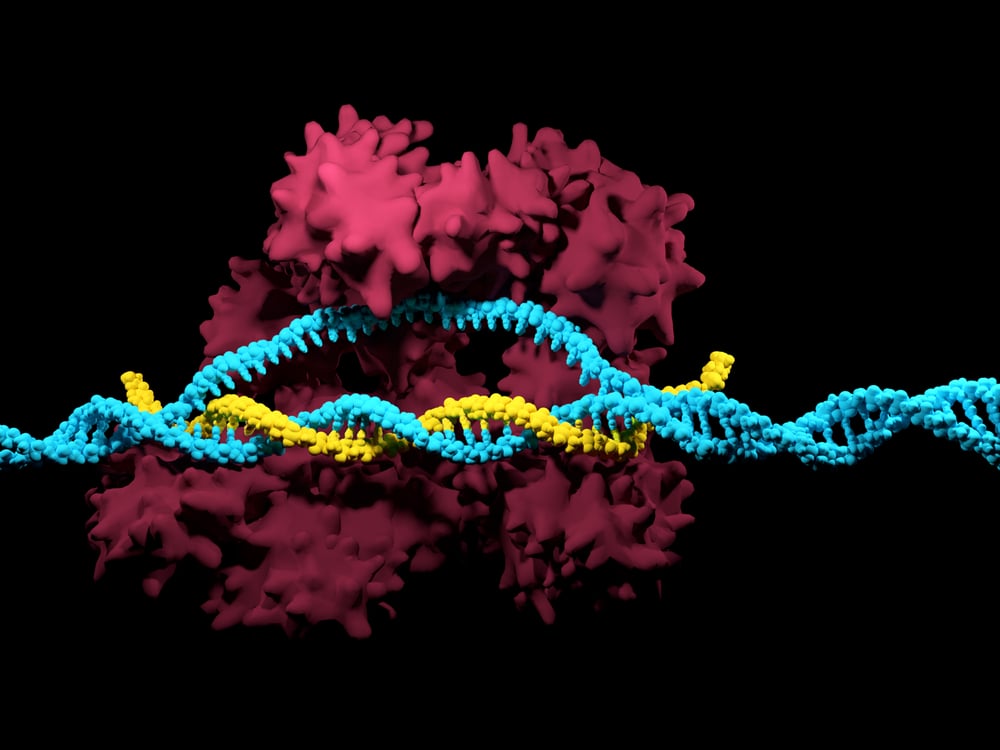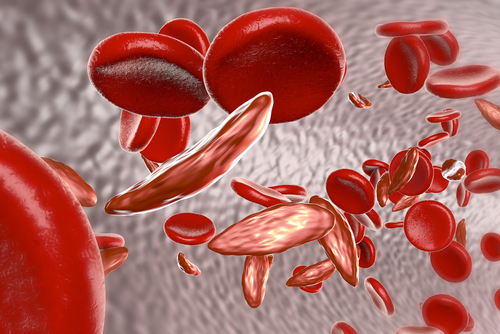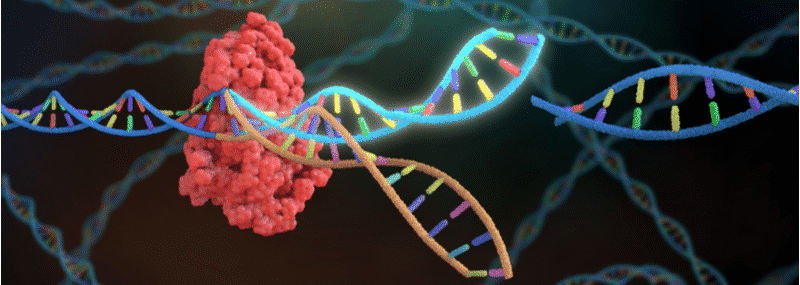News and Trends 21 Apr 2023
New discovery “an area of cancer research with tremendous promise for breakthroughs”
A research team led by Gary Ying Wai Chan from the School of Biological Sciences at The University of Hong Kong (HKU), has revealed the function of a unique enzyme, ANKLE1. ANKLE1 acts on chromatin bridges trapped in the midzone of dividing cells. By cutting these bridges, ANKLE1 prevents damage to the genetic material and […]















